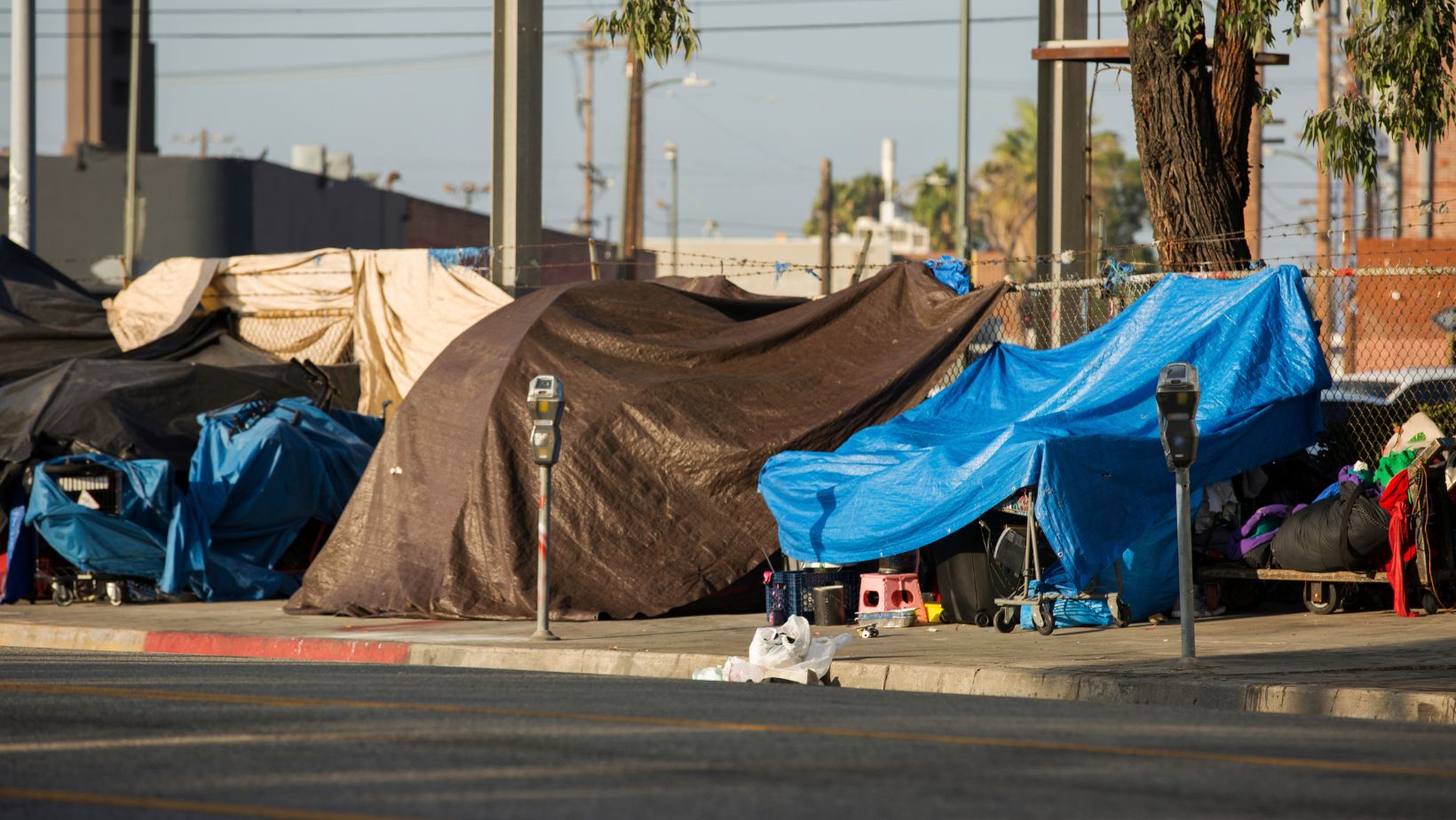Getting rid of a homeless camp in my neighborhood can be a challenging and complex issue. As I walk through the streets, I can’t help but feel perplexed by the presence of these camps and the impact they have on our community. However, it’s important to approach this matter with empathy and understanding, while also finding effective solutions.
When addressing this problem, it’s crucial to work together as a community. Engaging in open dialogue with local authorities, residents, and organizations dedicated to homelessness is a key starting point. By collaborating and sharing concerns, we can develop strategies that balance compassion for those experiencing homelessness with ensuring the safety and well-being of our neighborhoods.
It’s essential to remember that dismantling homeless camps requires time, resources, and cooperation from various stakeholders. While there may not be an instant solution, by approaching this issue collectively with determination and compassion, we can work towards creating a safer environment for everyone in our neighborhood. Identifying the presence of a homeless camp
How to Get Rid of a Homeless Camp in My Neighborhood
When it comes to identifying the presence of a homeless camp in your neighborhood, there are certain signs you can look out for. While these indicators may vary depending on the area, here are some common telltale signs that might suggest the existence of a makeshift encampment:
- Tents and make-shift shelters: One of the most obvious signs is the presence of tents or other temporary structures in public spaces such as parks, vacant lots, under bridges, or along sidewalks. These shelters provide individuals experiencing homelessness with some form of protection from the elements.
- Accumulation of personal belongings: Another sign is the accumulation of personal belongings scattered around an area. These items could include sleeping bags, blankets, clothing, shopping carts filled with possessions, and even makeshift furniture like chairs or mattresses.
- Presence of litter and debris: Homeless camps often leave behind visible traces such as trash bags, food wrappers, discarded needles (in areas where drug use occurs), bottles, cans, and other waste materials. The accumulation of garbage may indicate an ongoing presence.
- Unusual foot traffic: Pay attention to any unusual foot traffic patterns happening at odd hours near potential camp locations. Increased activity during late-night hours or frequent visits by individuals carrying supplies may suggest an encampment nearby.
Observing the Impact on Your Neighborhood
The presence of a homeless camp can have various effects on a neighborhood’s overall well-being and livability:
- Safety concerns: Some residents might feel uneasy about their safety due to increased instances of crime or disruptive behavior associated with certain encampments. It’s important to note that not all homeless individuals pose a threat; however, it is essential to address any legitimate safety concerns promptly.
- Sanitation issues: Improper waste disposal practices within homeless camps can lead to unsanitary conditions that potentially attract pests and pose health risks. Garbage accumulation and lack of access to proper sanitation facilities can contribute to the spread of diseases and compromise the cleanliness of public spaces.
- Neighborhood aesthetics: The visual impact of a homeless camp, with its tents, makeshift structures, and debris, can detract from the aesthetic appeal of a neighborhood. This might affect property values and create a perception of neglect or blight in the area.
- Community morale: The presence of a homeless camp may cause concern among residents about the well-being of those experiencing homelessness while also raising questions about community support systems and resources available to address homelessness adequately.

Documenting and Reporting the Presence of a Homeless Camp
If you’ve identified signs suggesting the presence of a homeless camp in your neighborhood, it’s important to document and report this information appropriately:
- Take photographs: Capture clear photographs that provide evidence without invading anyone’s privacy. Document any notable features like tents, personal belongings, or accumulations of waste materials.
- Note specific locations: Make note of exact locations where you observed signs indicating the presence of a homeless camp. Providing accurate details will assist authorities or relevant organizations in taking appropriate action.
- Contact local authorities or outreach programs: Reach out to your local law enforcement agency or designated outreach programs for assistance in addressing the situation responsibly. They have experience dealing with such matters and can guide you on how best to handle it.
Remember that addressing homelessness requires compassion, understanding, and collaboration between communities, service providers, and government agencies. By identifying these signs, observing their impact on your neighborhood, documenting incidents accurately, and reporting them effectively, you play an essential role in working towards solutions that benefit both individuals experiencing homelessness as well as your community as a whole.






